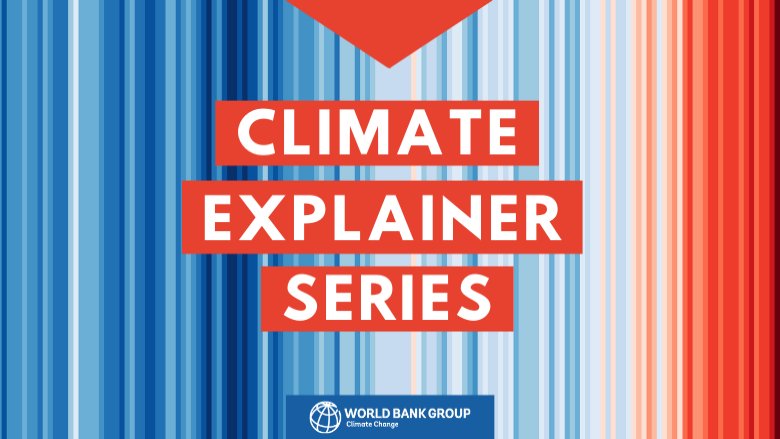What is a green loan?
A green loan is similar to a green bond in that it raises capital for green eligible projects. However, a green loan is based on a loan that is typically smaller than a bond and done in a private operation. A green bond usually has a bigger volume, may have higher transaction costs, and could be listed on an exchange or privately placed. Green loans and green bonds also follow different but consistent principles: The Green Loan Principles and the Green Bond Principles (GBP) of the International Capital Market Association (ICMA). Both instruments specify that 100% of the proceeds should be used only for green eligible activities.
Why are green loans important?
Developing countries currently account for just $1.6 billion of the estimated $33 billion in outstanding green loans. But the market is growing rapidly, outpacing the growth of the green-bond market in the near term. Green loans contribute to aligning lending and environmental objectives. Green Loans help borrowers communicate the greening of their operations and supply chain. Considering the higher transaction costs of bond issuance, the minimum bond size to be tradeable, and the fact that only bonds above a certain size are tracked by various indices, potential issuers in emerging markets with small green portfolios may feel inclined to receive a green loan instead of issuing a green bond.
What makes a loan a green loan?
To be called a green loan, a loan should be structured in alignment to the Green Loan Principles, which provide an international standard based on the following four core components:
- Use of Proceeds: Designated Green Projects should provide clear environmental benefits, which will be assessed, measured, and reported by the borrower.
- Process for Project Evaluation and Selection: The borrower of a green loan should clearly communicate how it is organized to assess and select projects that will receive loan proceeds. In addition, the borrower explains how it will manage environmental and social risk of eligible projects.
- Management of Proceeds: The proceeds of a green loan should be credited to a dedicated account or tracked by the borrower to maintain transparency and promote the integrity of the product.
- Reporting: The principles recommend the use of qualitative performance indicators and, where feasible, quantitative performance measures (for example, energy capacity, electricity generation, greenhouse gas emissions reduced/avoided, etc.)
The Green Loan Principles build on and refer to Green Bond Principles, with a view to promoting consistency across financial markets. These Principles address how to implement use-of-proceeds-based finance through bonds and loans.
In 2018, IFC adopted these principles to help clients attract additional financing for making a substantial contribution to environmental objectives. This contribution is assessed through an independent second party opinion that examines the proposed use of proceeds and compare them with eligible activities listed by the GLP and complementary scientific information. Through green loans, IFC works with clients to develop a Green Finance Framework, which articulates how the client’s governance and management systems are used to track, manage, and report on the use of proceeds so they are allocated only to eligible green projects. This framework is reviewed by a second opinion provider which provides an independent confirmation that the loan is aligned to the Green Loan Principles.

